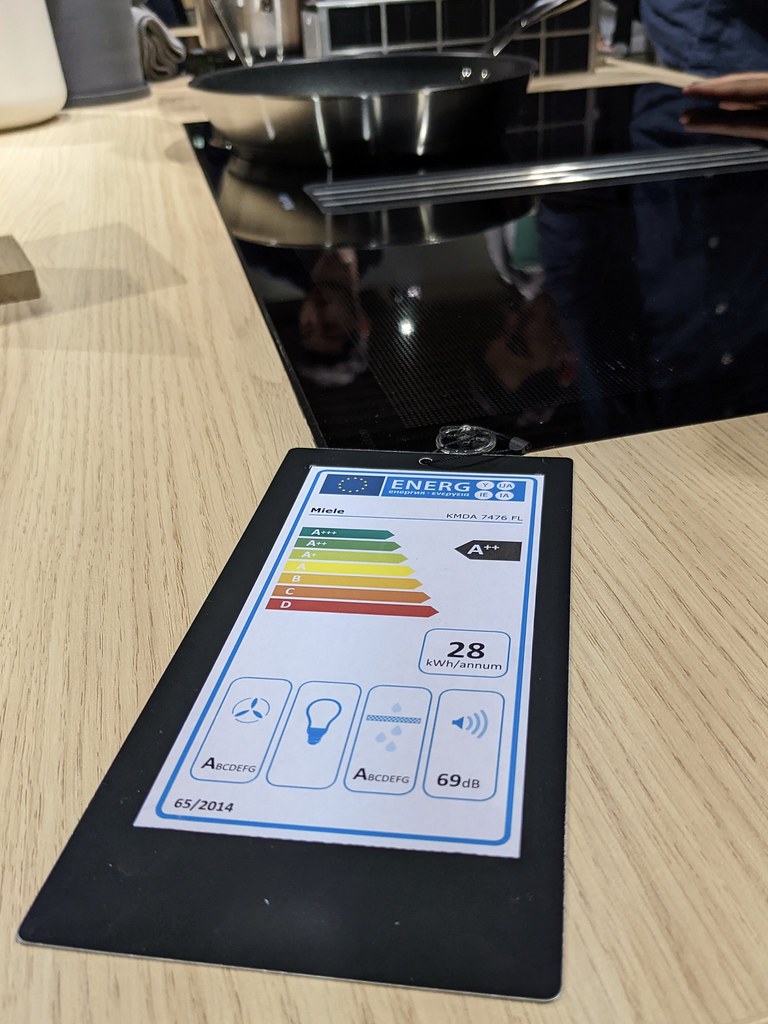
Energy efficiency is a hot topic, and it’s an important factor that should be considered when purchasing a new appliance. Not only does it reduce your carbon footprint, but it can also help you save money. Significant improvements in energy-saving technology have been made since the energy label was introduced. This led to all new products being given the top rating for efficiency.
As a result, the label has been recalibrated to make it easier for you to compare models when purchasing a new appliance. This new label not only saves space but also transcends language barriers, making it a truly global tool for energy efficiency.
The EU Energy Label has been a beacon of guidance for consumers and a catalyst for manufacturers to enhance the energy performance of their products. A 2019 survey revealed that 93% of consumers recognized the label, and it swayed the purchasing decisions of 79% of them. The label’s influence has led to a steady improvement in the energy efficiency of top-rated products, moving from A+ to A++, and in many instances, A+++.
By spreading energy performance and new energy label over a much wider scale, you will find it easier to compare efficiency across products. Plus, a energy label will also set new standards for energy-saving appliances, bringing further savings to you as well as meeting environmental commitments set by manufacturers and the Government.
However, to make the system more comprehensible and to foster the development of more energy-efficient products, a transition is underway. The current A+++ to D energy classes will be gradually replaced with a simpler A to G scale, with A being the most efficient and G the least.
This rescaling commenced on March 1, 2021. The EU Energy Label, in conjunction with ecodesign requirements, has been a significant accomplishment for the EU. However, its success has led to a saturation of products in the top classes, leaving the lower classes virtually vacant. To address this, a straightforward A to G scale was introduced, which surveys indicated would better guide consumers towards choosing efficient products.
One person writes, “I was a little nervous buying this machine because of all the negative comments about the strong odor, when I unpacked it, plugged it in and waited for the worst and it’s completely fine! No strong odor at all and it seems to heat up quite nicely!” Others who notice the smell say it goes away fairly quickly.
From March 1, 2021, the new A to G scale began to apply to fridges, dishwashers, washing machines, and televisions. Light sources, such as light bulbs, were rescaled as of September 1, 2021, and other product groups will follow. The new energy label is designed with the A class initially empty to accommodate innovative, more energy-efficient models.
Consumers who purchased these products since November 2020 may find two different energy labels in their product packaging. While this may be confusing, it’s crucial to understand that this is due to the rescaling exercise and does not affect the product’s quality or performance.
The new scale sometimes applies stricter or more realistic calculation methods due to revised requirements. For instance, the energy consumption for washing machines under the new rescaled label is based on 100 washing cycles, compared to annual use in the old scale. For televisions, the energy consumption formula has been revised to account for the consumption of internal components, not just the screen.
When comparing products and models, it’s essential to ensure that the comparison is based on the same kind of label. If a product’s label rating appears much worse than the old one, it doesn’t mean that the old rating was incorrect, but rather that the scale has become more demanding or the test criteria may have changed.
Related posts:
The way this label saves space to write ‘energy’ in many languages
Lesson 6: Understanding and Drawing Electrical Symbols Used … – Quizlet





